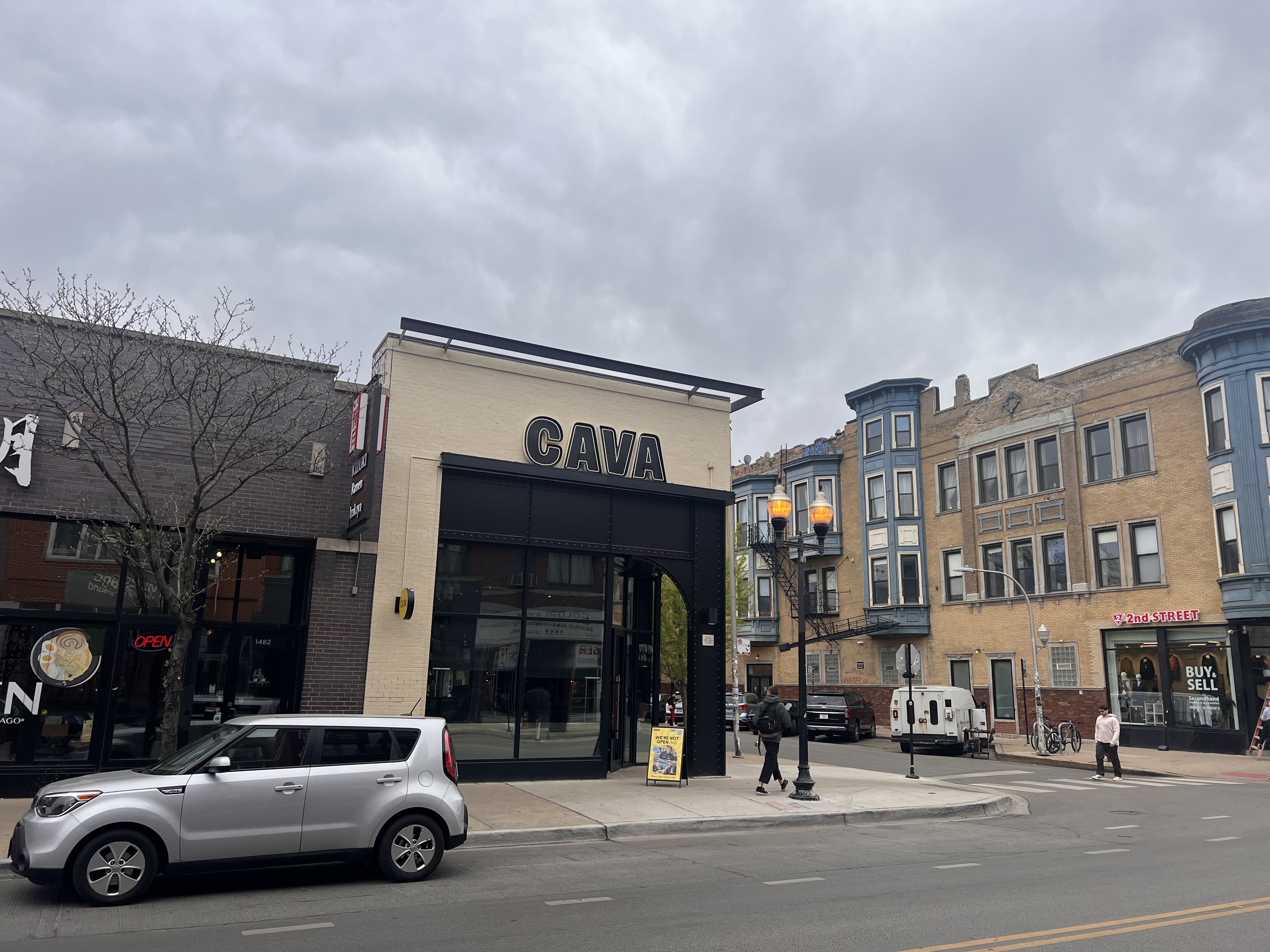The fastest-spreading versions of coronavirus are quickly taking over cases across the country, but what should you be watching for?
With more than two dozen counties still at high COVID alert levels, recognizing the start of symptoms can be crucial to preventing spread, experts say.
Here's what you need to know about the coronavirus pandemic across Illinois today:
New Highly Contagious Coronavirus Mutant BA.2.75 Raises Concerns
Feeling out of the loop? We'll catch you up on the Chicago news you need to know. Sign up for the weekly Chicago Catch-Up newsletter here.
The quickly changing coronavirus has spawned yet another super contagious omicron mutant that’s worrying scientists as it gains ground in India and pops up in numerous other countries, including the United States.
Scientists say the variant – called BA.2.75 – may be able to spread rapidly and get around immunity from vaccines and previous infection. It’s unclear whether it could cause more serious disease than other omicron variants, including the globally prominent BA.5.
“It’s still really early on for us to draw too many conclusions,” said Matthew Binnicker, director of clinical virology at the Mayo Clinic in Rochester, Minnesota. “But it does look like, especially in India, the rates of transmission are showing kind of that exponential increase." Whether it will outcompete BA.5, he said, is yet to be determined.
Local
Read more here.
How Long Does COVID Immunity Last? Here's What Doctors Say Amid New BA.5 Subvariant Concerns
Unlike the beginning of the pandemic, COVID-19 reinfections are no longer uncommon, with more new variants emerging and leading to questions about immunity.
The omicron variant has led to a major shift in "natural immunity," with many who had previously been infected susceptible to reinfection with the variant, as well as its faster spreading subvariants, BA.4 and BA.5.
Read more here.
How Long Does it Take for COVID Booster Shot to Start Working? Here's What Research Says
The Centers for Disease Control and Prevention has long touted the success of COVID-19 booster shots in decreasing the risk of severe illness, encouraging those eligible to get boosted as soon as possible.
As two new omicron subvariants, said to be the fastest spreading strains yet, circulate around the globe, health officials widely argue receiving a booster shot is a crucial part of reducing infection risk and curbing the pandemic.
For those who have yet to get boosted, people considering a second dose and parents planning to get their children boosted, there may be some lingering questions.
Read more here.
Latest on Super Contagious Omicron Subvariant BA.5
A highly-transmissible mutation of the omicron COVID variant known as BA.5 is raising concerns globally as it continues to gain traction in several countries, sparking new waves of cases and, in some instances, hospitalizations.
The rise in case rates, even as metrics remain uncertain due to at-home COVID test availability, has sparked warnings and renewed calls for masking in some locations.
So what is it about the new variant that makes it particularly concerning and what should you be watching for?
What Should You Do When You Have COVID? Here's What Health Officials Say
As two more contagious omicron subvariants take hold across the U.S., you may be wondering what steps to take if you test positive for COVID-19.
The subvariants known as BA.4 and BA.5 appear to evade protection from vaccines and previous infections more easily than any others before.
As of July 2, BA.5 was responsible for nearly 54% of COVID cases in the U.S. BA.4 accounted for nearly 17% more, according to the latest data from the Centers for Disease Control and Prevention.
Read more here.
BA.4 and BA.5 COVID Symptoms: What to Watch For as Infections Climb
The fastest-spreading COVID-19 subvariants yet, the two latest versions of omicron appear to evade protection from vaccines and previous infections more easily than any others before.
As of July 2, the subvariant BA.5 was responsible for nearly 54% of COVID cases in the U.S. BA.4, a similar subvariant, accounted for nearly 17% more, according to the latest data from the Centers for Disease Control and Prevention.
Read more here.
COVID Exposure Guidelines: Here's How Long to Quarantine After Close Contact, Testing Positive
As infectious new subvariants of COVID-19 take over the U.S., how long should you quarantine from others if you've been exposed to the virus or test positive?
According to the Centers for Disease Control and Prevention, any person who comes into contact with someone who has tested positive for COVID should quarantine, if not up to date on vaccinations.
Read more here.
Cook County Moves From ‘High' Level for COVID to ‘Medium': CDC
Cook County has this week moved out of "high" community level for COVID-19, according to the latest data from federal health officials, leaving just two Chicago-area counties at that status.
According to the Centers for Disease Control and Prevention, 28 Illinois counties are now rated at "high" community level for COVID, including DuPage and Lake around Chicago.
The counties listed at "high" community Level are DuPage, Lake, Adams, Champaign, Coles, Fulton, Marshall, McLean, Peoria, Pike, Warren, Calhoun, Crawford, Franklin, Gallatin, Hamilton, Hardin, Jackson, Jersey, Johnson, Madison, Massac, Pope, Saline, Wabash, Wayne, White and Williamson.
Read more here.
Coronavirus in Illinois: 27K New Cases, 48 Deaths in Last Week as Chicago Moves Back to High Level
Illinois health officials reported 27,543 new coronavirus cases over the past week, along with 48 additional deaths, marking a slight decrease in cases from seven days prior as 28 counties across the state remain at a "high" community level of COVID-19.
The previous week, the state reported 28,216 new cases, 74 deaths and again 28 counties at "high" community level.
The week before that, the state reported 27,094 new cases and 82 deaths were reported.
Read more here.
First COVID Symptoms: How to Recognize the Onset of the Virus
After recent declines in COVID cases, several subvariants of omicron are making significant gains in the United States, with some studies indicating that they could potentially do a better job of evading existing vaccines and immunity.
According to the latest updates from the CDC, the BA.5 lineage of the omicron variant is now the most prevalent strain of the virus in the United States, responsible for nearly 54% of cases.
With those case trends, many individuals are curious about what symptoms typically appear first with a COVID infection, and how quickly those symptoms can appear.
Read more here.
How Long Are You Contagious With COVID? Chicago's Top Doc Answers With the Latest Guidance
Chicago's top doctor, during a Facebook live event Tuesday, detailed when patients are most infectious and how to treat a positive test result after 10 days.
"You've gotta stay home for five days because typically those first five days are when you are the most contagious," Chicago Department of Public Health Commissioner Dr. Allison Arwady said. "But in those days six to 10, some people still can be spreading virus."
Read more here.



